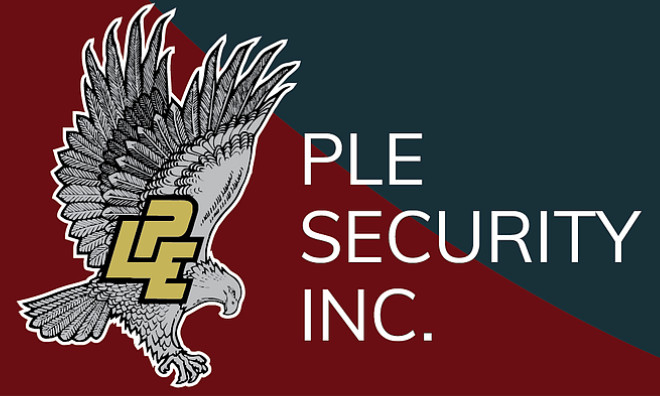security hub
Commercial Intrusion Systems
- An intrusion system is essential for protecting commercial facilities by deterring unauthorized access, safeguarding assets, and ensuring the safety of employees and operations. These systems can provide 24/7 protection, with real-time alerts to notify key personnel or emergency responders in the event of a breach. With customizable features, businesses can control access to sensitive areas and monitor activity through integrated solutions like security cameras. A well-designed intrusion system not only minimizes potential losses but also enhances operational efficiency, offering peace of mind and a secure environment for employees and customers.
- An intrusion system consists of several essential components designed to provide comprehensive protection for commercial facilities. The control panel serves as the central hub, processing signals from connected devices like door and window sensors, which detect unauthorized entry. Motion detectors monitor interior spaces for movement, while glass break sensors identify the sound of breaking glass to secure vulnerable entry points. A loud siren alerts occupants and deters intruders, while keypads and mobile apps allow for easy arming, disarming, and system management. Optional cameras provide visual monitoring and recording for added security. These components communicate with a professional monitoring station, ensuring immediate alerts and rapid emergency response, creating a reliable and effective defense for the facility.
Commercial Fire Alarm Systems
- A fire alarm system is a vital safety feature in any commercial facility, providing early detection and rapid notification in the event of a fire. It helps protect employees, customers, and property by enabling swift evacuation and reducing the risk of injury or loss. Integrated alarms and monitoring ensure that emergency responders are immediately alerted, minimizing response times and potential damage. Fire alarm systems also contribute to regulatory compliance with local fire codes and safety standards, avoiding fines and ensuring operational continuity. By detecting smoke, heat, or flames early, these systems provide peace of mind and a safer environment, protecting both lives and assets.
- A fire alarm system consists of several critical components designed to detect, alert, and respond to fire emergencies. Smoke detectors and heat detectors identify the presence of smoke or rapid temperature increases, triggering the system. Manual pull stations allow occupants to activate the alarm in case of a visible fire. Audible and visual alarms, such as sirens and strobe lights, alert occupants to evacuate immediately. A control panel serves as the system's hub, processing signals from detectors and managing the response. Notification devices communicate with a monitoring station, ensuring swift notification of emergency responders. Additional components like sprinkler system integration and backup power supplies ensure continuous operation during power outages, providing comprehensive fire protection for the facility.
Commercial Video/Intercom Systems
- Video and intercom systems provide significant benefits for commercial facilities by enhancing security, communication, and operational efficiency. These systems allow staff to visually and audibly screen visitors at entry points, ensuring only authorized individuals gain access to the premises. By integrating with access control and surveillance systems, video and intercom solutions create a seamless security network, reducing the risk of unauthorized entry. Additionally, video intercom systems provide a detailed record of visitor activity, which can be valuable for incident investigations. These features ensure a safer, more secure, and efficient environment for both employees and visitors.
- Video and intercom systems consist of several essential components designed to enhance security and communication in commercial facilities. Door stations are installed at entry points, equipped with cameras and microphones to capture video and audio of visitors. Master stations, typically located at reception or security desks, allow staff to view live video feeds, communicate with visitors, and grant access if authorized. Monitors display video footage, while microphones and speakers enable clear two-way communication. Access control integration allows seamless operation with locks or entry systems. Together, these components create a versatile and reliable solution for managing access and communication in commercial settings.


